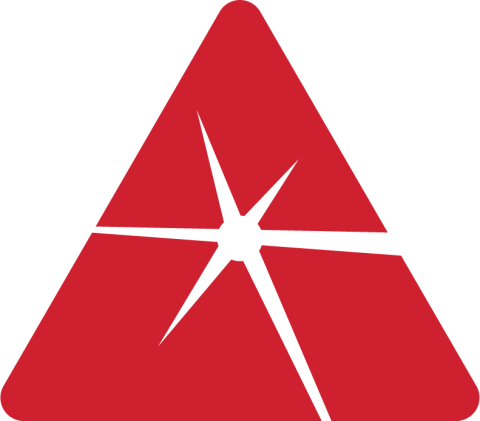

Authors:
I. Yadroitsev
Ph. Bertrand
Universite´ de Lyon, Ecole Nationale d'Inge´nieurs de Saint-Etienne (ENISE), DIPI Laboratory, 58 rue Jean Parot, 42023 Saint-Etienne Cedex 2, France
G. Antonenkova
S. Grigoriev
Moscow State University of Technology “STANKIN”; Vadkovsky per., 1, 127994 Moscow, Russia
I. Smurov
Universite´ de Lyon, Ecole Nationale d'Inge´nieurs de Saint-Etienne (ENISE), DIPI Laboratory, 58 rue Jean Parot, 42023 Saint-Etienne Cedex 2, France
Selective laser melting (SLM) is a powder-based additive manufacturing capable to produce parts layer-by-layer from a 3D computer-aided design model. Currently, there is a growing interest in industry for applying this technology for generating objects with high geometrical complexity. To introduce SLM process into industry for manufacturing real components, excellent mechanical properties and high functionality of final product must be achieved. Properties of the manufactured parts depend strongly on each single laser-melted track and each single layer, as well as the strength of the connections between them. In this study, effects of the processing parameters such as hatch distance, layer thickness, laser power, scanning speed on surface morphology, and surface texturing are analyzed.
